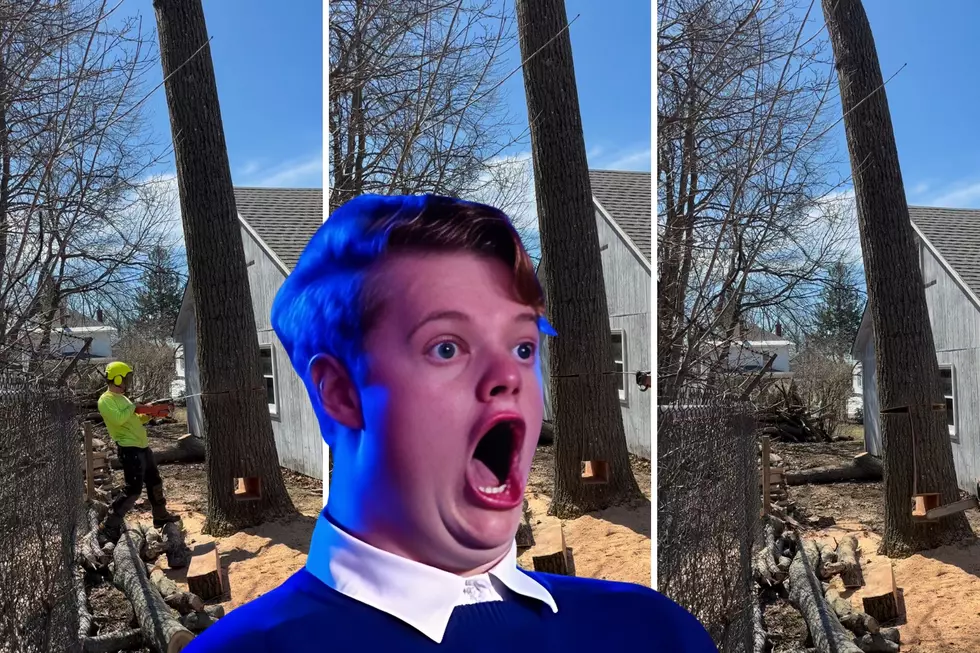
The Gruesome Tale of Hannah Duston
You may have heard the name, or even driven by the memorial in Boscawen...but do you know the story of the woman who killed ten people in order to survive?
This had to be one of the most gruesome tales I heard as a child growing up in New Hampshire. The story of Hannah Duston. It has stuck with me for all of these years...maybe because I first heard about it at such a young age.
Hannah Duston was a colonial MassachusettsPuritan mother of nine who was taken captive by Abenaki Native Americans during King William's War, with her newborn daughter, during the Raid on Haverhill (1697), in which 27 colonists were killed. While detained on an island in the Merrimack River in Boscawen, New Hampshire, she killed and scalped 10 of the Native American family members holding them hostage, with the assistance of two other captives.
Hannah used a tomahawk to attack the sleeping Native Americans, killing one of the two grown men, two adult women, and six children. One severely wounded Native American woman and a young boy managed to escape the attack.
Duston's captivity narrative became famous more than 100 years after she died. Duston is believed to be the first American woman honored with a statue. During the 19th century, she was referred to as "a folk hero" and the "mother of the American tradition of scalp hunting." Some scholars assert Duston's story only became legend in the 19th century because the United States used her story to define its violence against Native Americans as innocent, defensive, and virtuous.
After a failed attempt to erect a memorial in her hometown of Haverhill, The first Duston memorial actually executed was sculpted by William Andrews, a marble worker from Lowell, Massachusetts. It was erected in 1874 on the island in Boscawen, New Hampshire, where Duston killed her captors. Huge crowds overwhelmed the island on the day of its dedication, with speeches presented all day long. It was the first publicly funded statue in New Hampshire.


